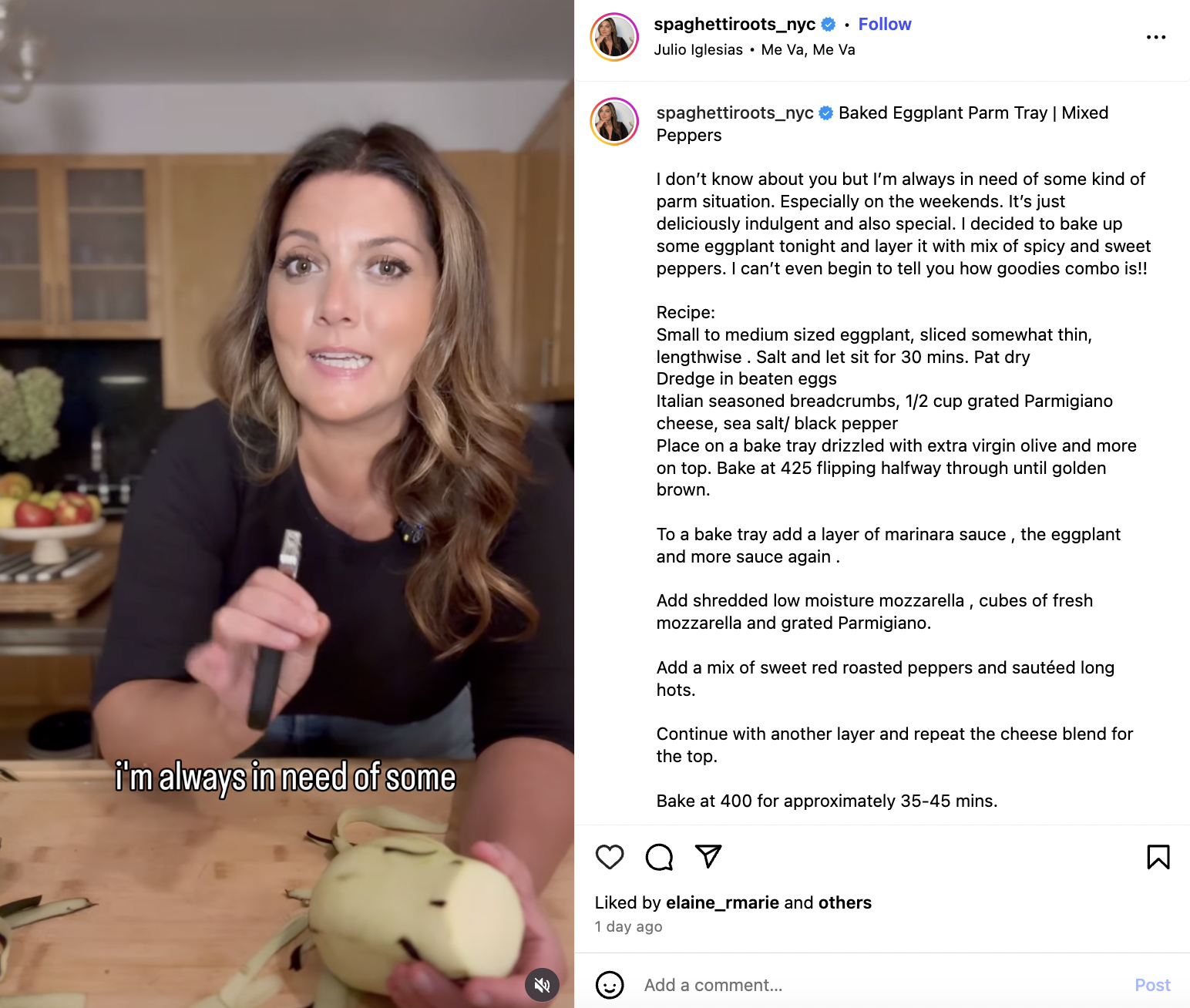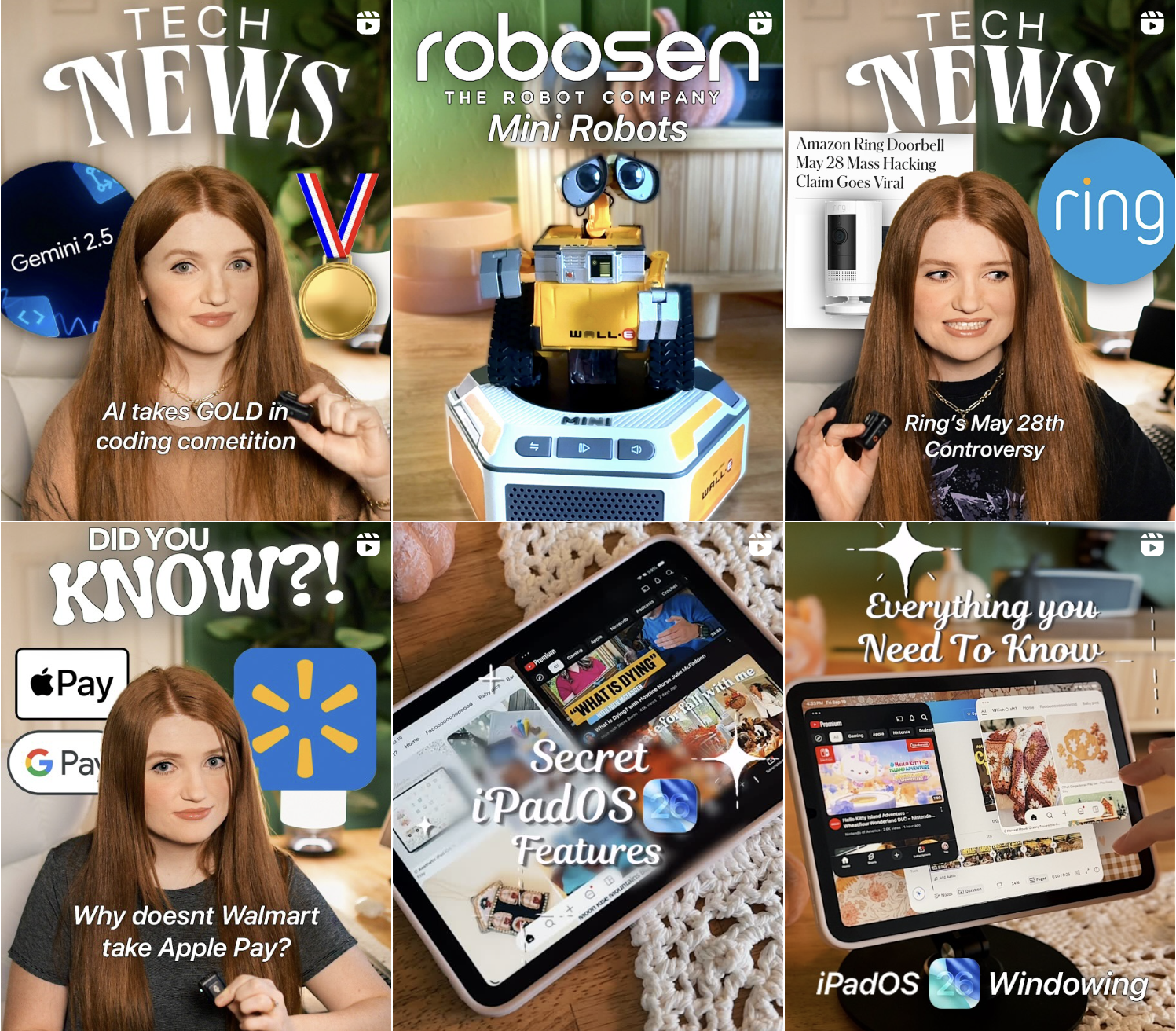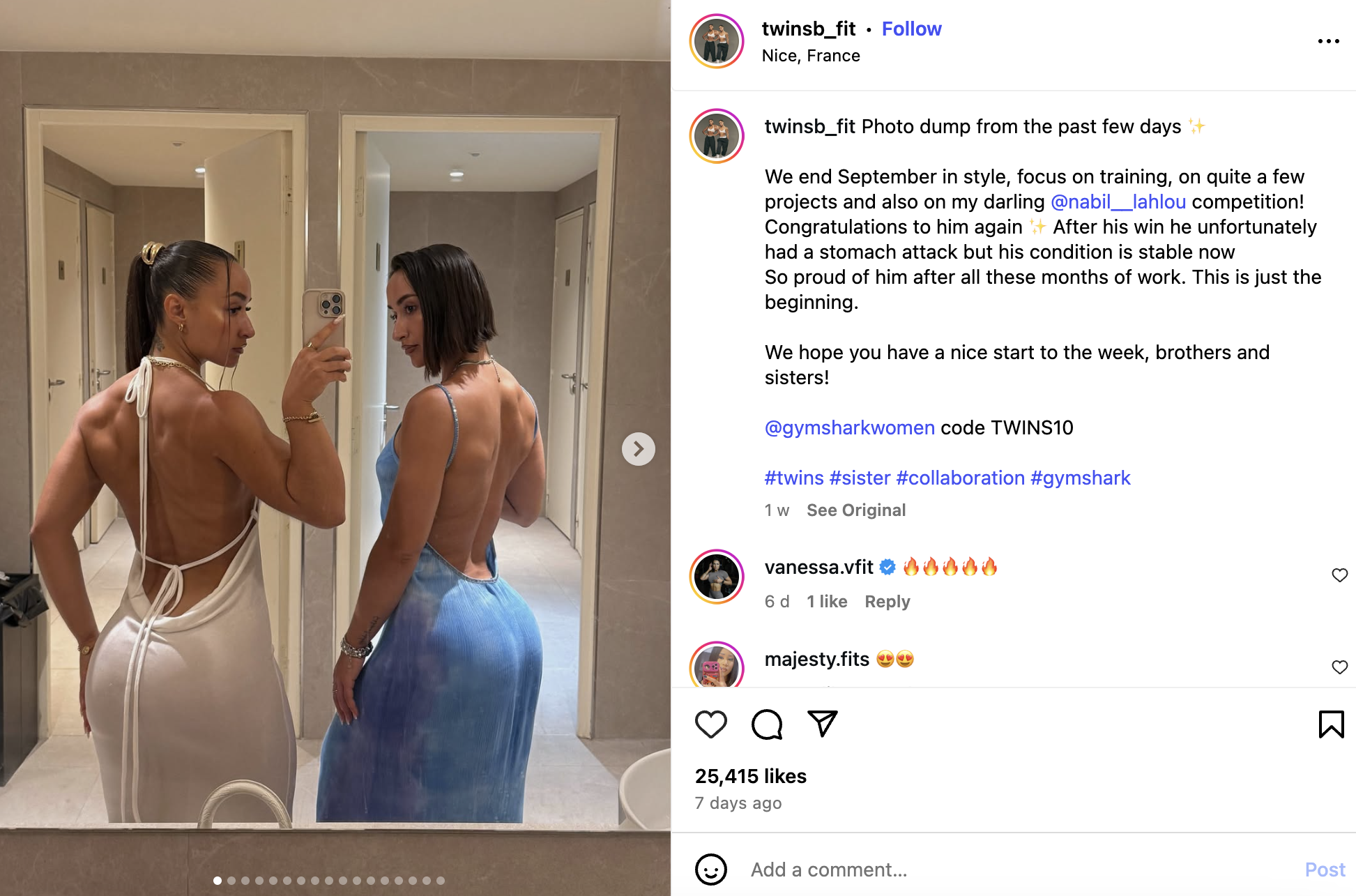If you’ve been wondering how to get brand collabs on Instagram, you’re not alone. The influencer marketing industry is projected to reach $24 billion by 2025, with Instagram driving a large share of brand-creator partnerships. For creators, collaborations represent more than just free products— they’re a pathway to income, visibility, and long-term career growth.
Unlike the early days of Instagram, when followers count alone determined opportunities, brands today focus on engagement, audience fit, and professional credibility. A micro-influencer with 15,000 highly engaged followers in a specific niche often brings more measurable value than a large account with low interaction. This shift has opened the door for creators at every level to participate in collaborations, provided they know how to position themselves.
In this guide, we’ll break down the step-by-step process to attract, pitch, and sustain brand partnerships. From optimizing your profile and building authority to crafting pitches that stand out, you’ll learn practical strategies to secure collabs that align with your niche and deliver results.
Understanding Brand Collaborations
At its core, a brand collaboration is a partnership between a business and a creator to co-create value. For brands, the value lies in reaching audiences that trust creators more than traditional advertising. For creators, collabs unlock revenue, access to products, and social proof that elevates their profile.
Collaborations take multiple forms. Some start as product gifting, where brands send items in exchange for content. Others involve paid partnerships, where deliverables are defined— such as a reel, carousel, or story sequence—and compensated financially. As trust builds, these often evolve into long-term ambassadorships, where creators become recurring faces of a brand. Another growing format is UGC (user-generated content): brands pay creators not for posting but for producing authentic videos or photos that the brand can reuse in ads and campaigns.
The collaboration model a creator pursues depends on their niche, audience engagement, and stage of growth. For instance, a beauty micro-influencer may start with PR packages, while a fitness coach could be approached for a paid challenge campaign. The crucial point: every collab, regardless of size, signals that a creator is worth investing in. These early partnerships build credibility and momentum, making it easier to secure bigger opportunities down the line.
Suggested read: Top Instagram Beauty Influencers
Setting the Foundation for Brand Collabs
Before reaching out to brands, creators need to look at their Instagram presence from an outsider’s perspective. A profile should communicate clarity, credibility, and readiness for partnerships within the first few seconds of a visit.
Profile Optimization
Your bio is prime real estate. It should state your niche, showcase your personality, and make collaboration easy with a clear call-to-action— whether that’s an email address, a link-in-bio, or both. Highlights can serve as a portfolio: past brand mentions, testimonials, or behind-the-scenes stories that demonstrate professionalism. Even pinned posts can double as proof of quality content, showing brands the type of campaigns you can deliver.

Niche Clarity
Brands don’t look for generalists; they look for alignment. A food creator who consistently posts recipes, reviews, and kitchen hacks signals authority to cookware brands far more than someone mixing random lifestyle content. Positioning yourself within a focused category builds audience trust and makes it easier for brands to see a match.

Content Quality and Consistency
Algorithms may change, but quality content remains the deciding factor for partnerships. Clear visuals, authentic captions, and consistent posting show that you take your craft seriously. Equally important is engagement— brands notice how often you interact with your audience in comments, polls, or DMs.

Professional Presentation
Finally, professionalism is a foundation in itself. Timely responses, clean communication, and respect for deadlines are often what turn one-off deals into repeat collaborations. In a market where 70% of brands say they value long-term relationships with creators, showing you can deliver reliably matters as much as creative talent.
Building Authority and Credibility
For brands, choosing a creator isn’t just about visibility— it’s about trust. A collaboration only works when audiences believe the recommendation is genuine. That’s why authority and credibility often outweigh sheer follower count.
Engagement Over Reach
Research from Influencer Marketing Hub shows that nano- and micro-influencers (1K–50K followers) achieve engagement rates up to 60% higher than macro influencers. A creator with 12,000 followers who consistently sparks conversation may offer more ROI than someone with 200,000 silent viewers. Brands now evaluate likes-to-followers ratios, comment quality, and story interactions before deciding to collaborate.
Proof of Past Work
If you’ve worked with brands— even on unpaid gifting— highlight it. Sharing tagged posts, saving collaborations to a “Brand Work” highlight, or posting short testimonials adds social proof. It signals that you’re already trusted and capable of delivering. Even UGC you’ve created independently (like styling a product you bought yourself) shows initiative and gives brands a taste of your skills.
Media Features and Community Presence
Credibility isn’t limited to Instagram. Guest features in niche newsletters, quotes in blogs, or even collaborations with fellow creators elevate your positioning. When brands see that others in your industry recognize your voice, it validates your expertise.
Suggested read: Top Instagram Travel Influencers 2025
Transparency and Authenticity
Audiences can detect forced promotions instantly. Disclosing partnerships openly and staying aligned with your niche values helps maintain trust. A fitness influencer rejecting a sugary drink collab, for instance, may lose a paycheck but will gain long-term authority. Brands increasingly prefer this authenticity, knowing it preserves campaign integrity.
Authority isn’t built overnight— it’s a mix of consistent storytelling, visible proof of expertise, and community trust. Once credibility is in place, pitching becomes easier because your profile already communicates reliability before you even write the first email.
Growing Your Instagram the Right Way
A strong foundation needs consistent growth, and the way you grow matters just as much as the numbers. Brands are quick to identify inflated accounts, so the focus should be on building a community that genuinely engages with your content.
Content Formats That Drive Reach
Instagram’s algorithm currently prioritizes Reels. Short, entertaining videos using trending sounds can extend your reach well beyond your follower base. Carousels add depth—perfect for tutorials, tips, or storytelling—while Stories keep your existing audience engaged through polls, quizzes, and behind-the-scenes glimpses. A balanced mix ensures you attract new viewers while nurturing loyal followers.
Collabs With Creators, Not Just Brands
Growth doesn’t always come from paid promotions. Partnering with other creators in your niche introduces your profile to an audience that already has overlapping interests. A wellness creator, for example, could co-host a live with a nutritionist, creating mutual visibility while delivering real value.

Search and Discovery
Instagram has evolved into a search engine. Using keywords in captions, alt text for images, and niche-specific hashtags improves discoverability. Geo-tagging posts—especially for local creators— adds another layer of reach by surfacing content in nearby searches.
Why Authenticity Matters More Than Speed
Rapid follower spikes through giveaways or bots may look impressive at first, but they often lead to disengaged audiences. Brands now track metrics like story views per follower and comment quality, making inflated numbers easy to spot. A smaller but authentic following consistently delivers higher ROI, which is why more brands are directing budgets toward micro- and nano-influencers.
Consistency as a Growth Lever
Posting once and disappearing for weeks signals unreliability. A regular cadence—whether it’s daily Reels or three high-quality posts per week—teaches the algorithm to keep surfacing your content and shows brands that you can deliver on schedule.
In short, growth rooted in value and consistency builds the kind of audience brands want to access, and the kind of profile they want to invest in.
Finding Brand Collaboration Opportunities
Once your profile signals readiness, the next step is to identify where brand opportunities come from. Some creators wait for inbound requests, but relying only on that limits growth. Proactively seeking out collaborations often accelerates results.
Inbound vs. Outbound
Inbound collaborations happen when brands or agencies discover your content and reach out directly. These usually come once you’ve built visibility in your niche. Outbound, on the other hand, involves pitching brands yourself— showing initiative and targeting partnerships that align closely with your audience. Many creators blend both approaches to keep their pipeline active.
Influencer Platforms and Marketplaces
Platforms like AspireIQ, Upfluence, Collabstr, and BrandConnect connect brands with creators at scale. Signing up allows you to apply for campaigns that match your niche. While competition is high, these platforms act as a starting point for those new to collabs, and they streamline payments, contracts, and deliverables.
Networking Beyond Instagram
Opportunities don’t just live inside the app. LinkedIn has become a growing hub for influencer-marketing managers. Building connections with brand marketers there can open doors to paid campaigns. Similarly, engaging in creator communities on Slack, Discord, or Twitter often surfaces collaboration leads before they hit mass platforms.
Organic Discovery Through Engagement
Sometimes the simplest path is the most effective: consistently tagging brands you genuinely use. A skincare creator who posts a tutorial using a favorite serum and tags the brand might get re-shared, drawing attention from the brand’s marketing team. Repeated authentic mentions often trigger outreach.
Events and Industry Touchpoints
Offline events— creator meetups, brand pop-ups, or industry expos—still hold weight. They allow you to meet decision-makers in person, creating stronger impressions than a cold email. Even local networking often leads to gifted collabs that evolve into paid ones.
The key is diversification. Depending solely on one source—whether inbound DMs or influencer platforms— limits opportunity. Casting a wider net ensures you’re visible across the spaces where brands look for creators.
.png)
How to Pitch to Brands Effectively
Even with a polished profile and growing audience, most collaborations require proactive outreach. The way you pitch often determines whether a brand sees you as just another creator— or as a partner worth investing in.
Research Before Reaching Out
Brands can tell when a pitch is generic. Spend time understanding their values, target audience, and past influencer campaigns. If a brand positions itself as eco-conscious, for example, highlight how your sustainable lifestyle content aligns with their mission. Personalization shows respect for the brand and increases your chances of getting noticed.
Crafting the Pitch
A good pitch is concise, specific, and outcome-focused. Start with who you are and the niche you represent, then connect that directly to the brand’s goals. Instead of writing, “I’d love to collab with you,” try, “I create meal-prep reels that average 15K views, and I’d love to showcase how your cookware can fit into weekly healthy-eating routines.” This demonstrates both audience reach and content relevance.
The Media Kit Advantage
Think of your media kit as your CV. It should include follower count, engagement rate, audience demographics, and examples of past brand work. Adding screenshots of insights from posts—like reach and saves—offers proof beyond vanity metrics. A clean, well-designed media kit also signals professionalism, which brands weigh heavily when selecting creators.
Choosing the Right Channel
For smaller brands, DMs can work. Larger companies often prefer email, especially when influencer marketing managers oversee campaigns. Check LinkedIn or the brand’s website to find the right contact. A misdirected email can disappear; sending it to the right person increases response rates.
Following Up Without Spamming
Silence doesn’t always mean rejection. Marketing managers juggle multiple campaigns, so a polite follow-up after 7–10 days often leads to replies. Keep it short: a reminder of your initial pitch and a line showing enthusiasm is enough.
Negotiating with Confidence
When money enters the conversation, many creators hesitate. Instead of underselling, outline your deliverables and explain why they’re priced that way. For example: “This package includes one reel, two story sequences, and engagement for a week. My rates reflect the average 10K+ reach my Reels generate.” Grounding your ask in performance metrics makes negotiations smoother.
Pitching isn’t about asking for favors—it’s about offering value. When framed correctly, it positions you as a strategic partner helping brands reach audiences in ways traditional ads can’t.
Suggested read: Top Instagram Lifestyle Influencers 2025
Delivering Value After Landing a Collab
Securing a brand partnership is only the first step. The real test lies in execution—delivering content that not only meets expectations but also strengthens your reputation as a reliable partner.
Set Clear Expectations
Before posting, clarify deliverables, timelines, and usage rights. Does the brand want one reel or a full content package with Stories and stills? Should you deliver raw files for repurposing? Documenting these details avoids confusion and ensures both sides share the same understanding.
Over-Deliver Without Overstretching
One of the simplest ways to turn a one-off project into a repeat deal is to exceed expectations. That could mean providing two photo options instead of one, adding bonus story frames, or suggesting fresh creative angles. Small efforts create lasting impressions and show you care about the brand’s success, not just the paycheck.
Track and Share Results
Brands invest because they expect measurable impact. Once your content goes live, capture analytics: reach, impressions, engagement rate, and even qualitative responses from your audience. A simple report with screenshots and a short analysis demonstrates professionalism and gives the brand tangible proof of ROI.
Build Relationships, Not Just Campaigns
Creators who maintain communication after the campaign often become go-to partners for future launches. A quick thank-you message, sharing audience feedback, or even suggesting new campaign ideas keeps you top of mind. Many brands prefer working with familiar, dependable creators rather than sourcing someone new for every campaign.
Delivering value is less about a single post and more about building trust. When brands see that you treat collaborations seriously, they’re far more likely to extend repeat opportunities, recommend you internally, or even lock you into long-term ambassadorships.
Mistakes to Avoid
Even skilled creators lose opportunities by overlooking basic collaboration principles. Avoiding these missteps can set you apart in a crowded field.
Accepting Every Collab That Comes Your Way
A mismatch between your content and a brand’s product can damage credibility. If a fitness creator suddenly promotes fast food, followers may question authenticity—and brands notice when audiences lose trust. Aligning partnerships with your niche protects both your reputation and the campaign’s effectiveness.
Focusing Only on Payment
Chasing the highest-paying deals without considering long-term fit can limit growth. Sometimes a smaller collaboration offers stronger strategic value, such as exposure to your ideal audience or alignment with a respected brand in your niche. Viewing each collab as part of a bigger career arc ensures smarter choices.
Unprofessional Communication
Delayed replies, missed deadlines, or vague deliverables create friction. Brands work with dozens of creators, and professionalism is often the deciding factor for repeat contracts. Clear communication and timely execution turn good impressions into long-term relationships.
Ignoring Disclosure Rules
FTC guidelines require transparent labeling of sponsored posts. Skipping #ad or #sponsored may risk more than a fine—it can erode trust with your audience. Honesty about partnerships signals integrity, which is what both followers and brands expect.
By steering clear of these pitfalls, creators position themselves as reliable partners who deliver impact without compromising authenticity.
Conclusion
Landing brand collaborations on Instagram isn’t about luck—it’s about preparation, positioning, and persistence. A strong profile, a clear niche, and authentic engagement lay the groundwork. From there, pitching with confidence, delivering professional results, and building long-term relationships turn one-off campaigns into sustainable income streams.
What’s changing is the criteria. Follower count no longer defines influence; brands are more interested in credibility, audience trust, and consistent execution. That shift has opened the door for creators at every level, from nano-influencers just starting out to established voices seeking bigger contracts.
If you’ve been wondering how to get brand collabs, the formula is clear: creators need to showcase value, and brands need to seek partners who genuinely resonate with their audience. That’s where SuperProfile comes in. We’re actively collaborating with creators across niches, helping them connect with brands that align with their voice and community.
Ready to start? Optimize your profile, create your media kit, and pitch your first brand— your next collab might be closer than you think.

.png)

.png)



.svg)




